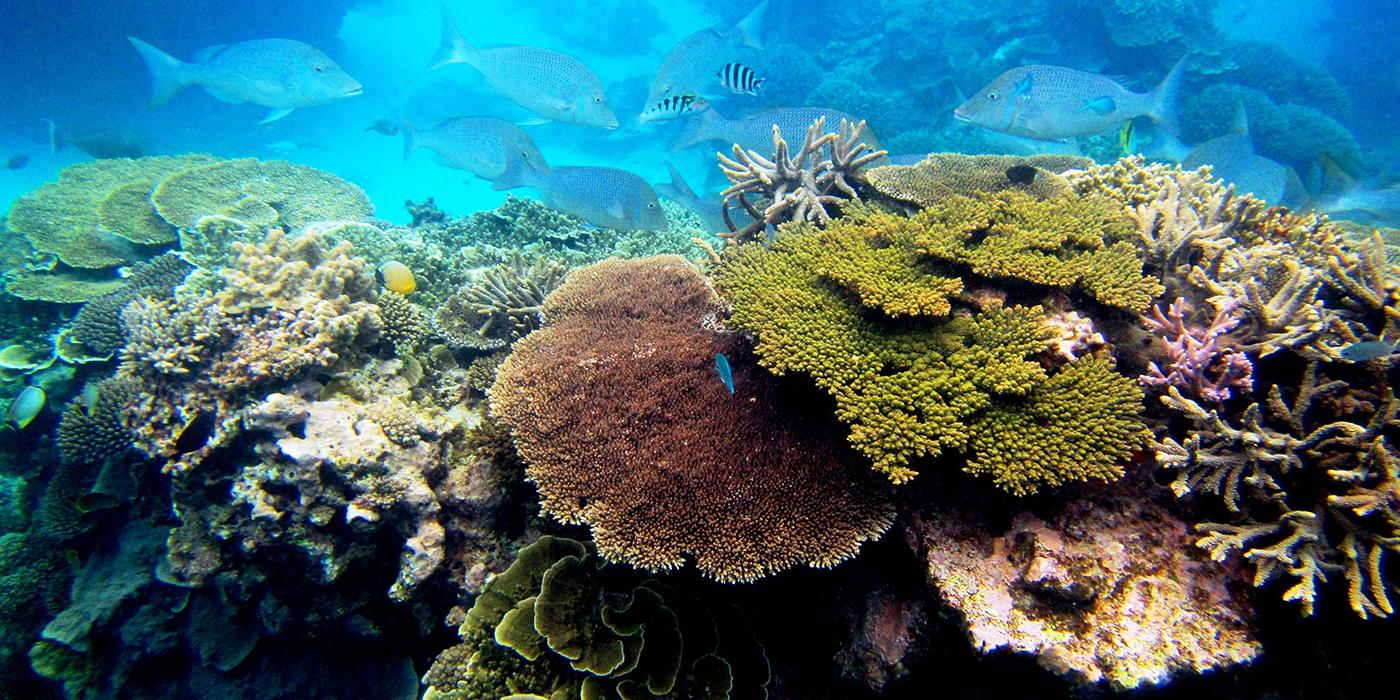Coral Biobank Alliance
Scientists from the Smithsonian Conservation Biology Institute are part of the Coral Biobank Alliance, a global network of coral experts preserving corals for restoration and research. The group manages a system of coral biobanks, where biological samples of coral are stored; and coral nurseries, where corals are grown.
The alliance is confronting the global threat to coral reefs by creating on-land solutions as a lifeline for future restoration efforts. They have three main goals:
- Secure the biodiversity and genetic diversity of all species of corals by 2026
- Standardize collection, storage and data management practices across organizations
- Train professionals and build capacity in reef systems around the world
The Coral Biobank Alliance has member organizations based in Florida, Hawaii, Monaco, and Australia. The coral biobanks and nurseries they manage expand far beyond these places — and are growing. Soon, the alliance will have coral collections in the Caribbean, Red Sea, Indian Ocean, Indonesia, Great Barrier Reef, Hawaii and French Polynesia.
By 2026, the group aims to:
- Expand and formalize a database to track collected, held and cryopreserved (frozen) corals
- Enhance and refine science for coral fragments with a focus on cryopreservation
- Scale the alliance by building partnerships and coral collections in more places around the world
- Expand core functions, such as training, database management, and collection and storage protocols
- Store samples of all known corals (the complete genetic diversity) in biobanks
Over the next 50 years, they hope to:
- Create and maintain a large cryo-banking system that holds coral fragments collected by the alliance
- Connect restoration organizations to reintroduce more corals to the wild
- Make efforts to breed new species that may be more resistant to threats (like warming waters)
- Conduct in-depth genetic testing of coral samples to expand the scientific understanding of corals and improve future efforts
Founding members of the Coral Biobank Alliance include AZA Florida Reef Tract Rescue Project, AZA Coral SAFE, Great Barrier Reef Legacy, Mote Marine Laboratory International Gene Bank, World Coral Conservatory, and Taronga Conservation Society Australia.













